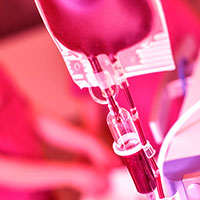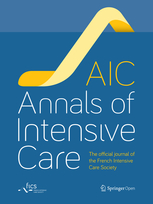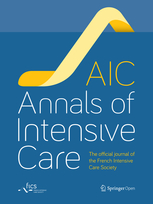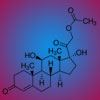Tag: septic shock
Six myths promoted by the new surviving sepsis guidelines
The Rivers trial and the Surviving Sepsis Campaign popularized sepsis protocols, which saved lives. Massive accomplishment. However, that doesn’t validate the individual components of early goal-directed therapy. Any protocol... read more

Management of Sepsis and Septic Shock
The best approach for hemodynamic therapy for sepsis has become more uncertain as evidence has accumulated. This extends even to the degree to which clinicians should use intravenous fluids as a foundation for resuscitation... read more

Effect of Omega 3 polyunsaturated fatty acids in major burn patients
The inclusion of ω-3 PUFAs in a low fat diet in ICU burned patients was associated with significant clinical benefits compared to a conventional low fat diet, with lower rates of severe sepsis, septic shock and pyloric dysfunction.... read more

Impact of transfusion on patients with sepsis admitted in ICU
Red blood cell transfusion (RBCT) threshold in patients with sepsis remains a matter of controversy. A threshold of 7 g/dL for stabilized patients with sepsis is commonly proposed, although debated. The aim of the study was... read more

Plasma cytokine levels predict response to corticosteroids in septic shock
Plasma concentration of selected cytokines is a potential predictive biomarker to identify septic shock patients that may benefit from treatment with corticosteroids.... read more

Sepsis-3 definitions predict ICU mortality in a low-middle-income country
The medical records of 957 patients were retrieved from a prospectively collected database. Serum lactate improved accuracy for values higher than 4 mmol/L in the no-dysfunction and septic shock groups.... read more

Impact of a high loading dose of amikacin in patients with severe sepsis or septic shock
With a loading dose of 30 mg/kg of amikacin, concentration was potentially suboptimal. The pharmacodynamic target (60 mg/L < C max < 80 mg/L) recommended by French guidelines was reached in 41.8% of patients and was... read more

Hydrocortisone treatment in early sepsis-associated acute respiratory distress syndrome
In sepsis-associated ARDS, hydrocortisone treatment was associated with a significant improvement in pulmonary physiology, but without a significant survival benefit.... read more

Hydrocortisone and Septic Shock in Patients With Severe Sepsis
This randomized clinical trial compares the effects of hydrocortisone vs placebo on development of septic shock among intensive care patients with severe sepsis who were not in septic shock.... read more

Breakthrough research opens door to potential new therapies for inflammatory diseases
Scientists have made a major breakthrough in understanding the workings of the cellular machinery involved in a host of inflammatory diseases.... read more

N.J. hospitals work together to reduce sepsis deaths
Anyone can get sepsis. They can get it while perfectly healthy, after having a health issue or while hospitalized for a procedure or test.... read more





